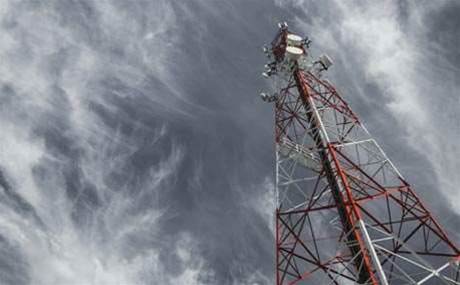Samsung Electronics has proposed a ‘space internet’ network consisting of 4600 micro-satellites that could act as backhaul for terrestrial cellular networks and bring low-cost internet to “everyone in the world”.

The proposal is contained in an academic research paper by Farooq Khan - president of Samsung R&D America – and marks the latest entrant in the internet democratisation race.
Other notable entrants in this space are Google, which has separate proposals for satellite and balloon-based internet - SpaceX, OneWeb and Internet.org, which also counts Samsung as a member.
Samsung’s own proposal is driven in part by fears that current initiatives to solve burgeoning mobile data traffic growth – such as the trend to deploy dense, small-cell networks – won’t be able to meet the demand in a cost-effective way.
“By year 2028, both cellular and wi-fi will be carrying data traffic in excess of one zetabyte/ month,” Khan said.(pdf)
“Our goal here is to design a space internet with similar capacity. This space internet can then provide backhaul for cellular and wi-fi as well as direct communication with the satellite connecting the world’s population currently without internet access.
“With the satellite-based backhaul, cellular and wi-fi deployments become practical in remote regions of the earth where there is no wired Internet infrastructure.”
Khan’s plan is to send about 4600 micro-satellites into low earth orbit – in a range between 160km and 2000km in altitude.
The sheer number of satellites is required to ensure continuity of service.
“An entire constellation of satellites would be necessary to maintain constant coverage where a new satellite shows up at the location of a previous satellite which has moved out of sight [of a ground station],” Khan said.
Each satellite needs to be capable of data rates of at least 1 Terabit/s “or higher”.
“Space internet satellites providing Tb/s data rates would require tens of GHz of spectrum which would require use of spectrum across wide frequency range,” Khan said.
“To achieve ultra-fast Tb/s data rates, our system would need to operate at bandwidths of 32 GHz or higher.”
Khan produced modelling that purported to show the response times for traffic “to go halfway around earth” would be similar for space internet and fibre optic links.
If Samsung’s vision could be turned into a reality, Khan said it could offer “200GB/month for five billion users Worldwide with signal latencies comparable to those offered by ground based systems.”


















.png&h=141&w=208&c=1&s=1)

